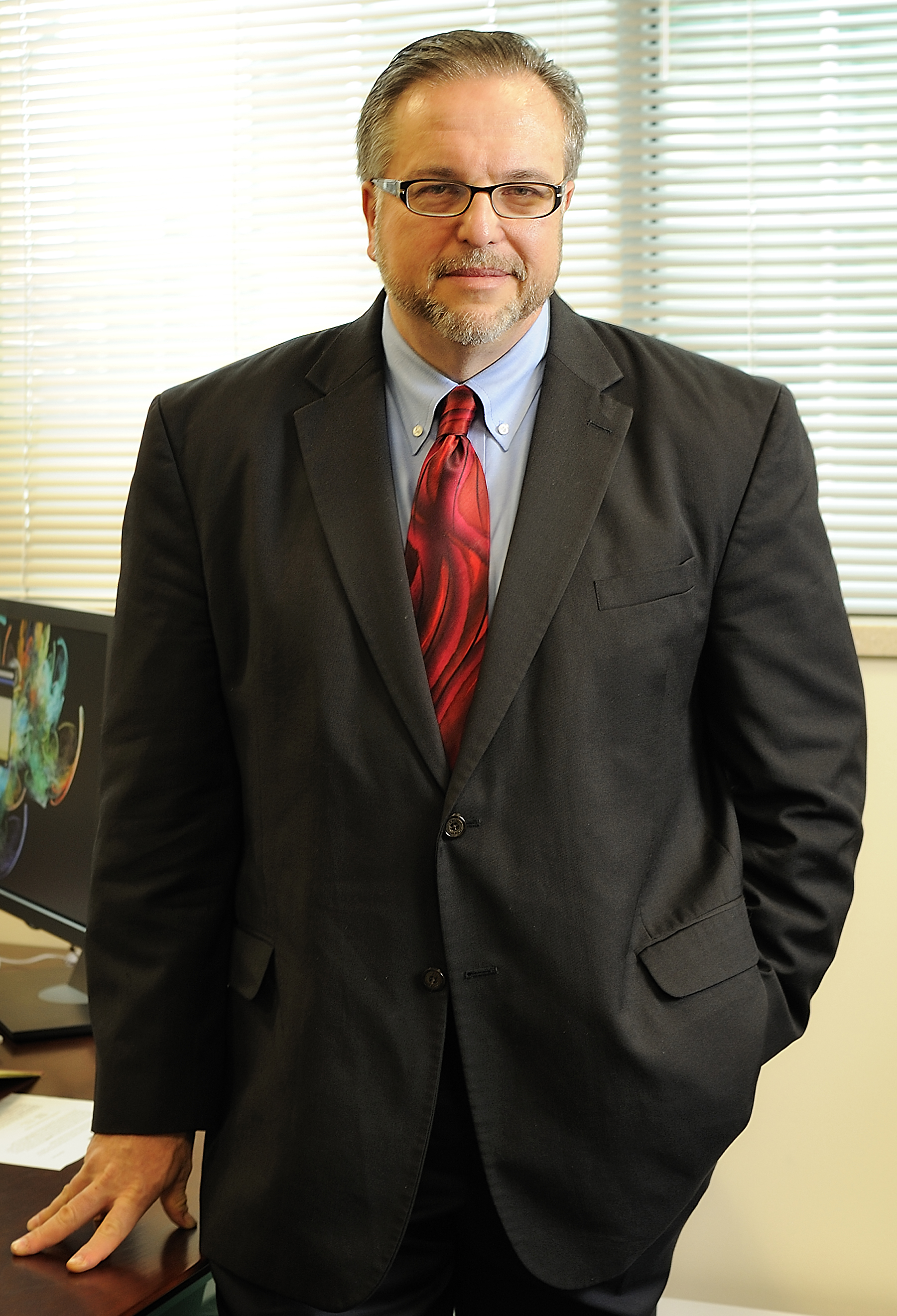Treating addiction with technology

Warren Bickel, a professor at the Virginia Tech Carilion Research Institute, saw a different kind of opportunity when the dot com bubble began inflating in the late 1990s. He wasn’t interested in building websites or creating social networks – he wanted to harness the power of the Internet to generate a novel treatment for addicts.
“People are suffering and dying,” said Bickel, who also directs the institute’s Addiction Recovery Research Center. “They’re overdosing and need treatment, but limited funding makes it even more challenging to provide treatment. I thought we might be able to harness information technology to help people in the throes of addiction.”
Bickel and his team developed a computerized treatment program aimed at helping people become fluent in the language of recovery. Over the past two decades, they’ve tested different iterations showing positive results. The participants tend to learn more and retain more with the computer program than with standard treatment.
“For knowledge to affect someone’s behavior, then that person needs not just to know the information, but to be fluent with it,” said Bickel, who is also a professor of psychology in Virginia Tech’s College of Science. “Fluency training has resulted in improved acquisition and retention of relevant knowledge.”
The results of the most recent study were published in the Journal of Consulting and Clinical Psychology.
“Our recent study sought to test the efficacy of the computerized treatment; that is, we wanted to compare treatments packages, one that had the computerized treatment and one that didn’t,” Bickel said.
All of the participants received Suboxone, an effective medication used to treat opioid-dependent people. The participants were also provided incentives for not using drugs, a practice referred to as contingency management, and they all had access to therapists in case of an emergent need.
“I wasn’t sure whether we would see an effect of the computerized treatment because Suboxone works and contingency management works,” Bickel said. “I also wasn’t sure whether the computerized therapy would produce positive outcomes beyond those two effective treatments together. Interestingly, better retention occurred with the computerized therapy group. The computerized therapy won again.”
Bickel pointed out that the computerized therapy group required the least amount of counselor time, which decreases costs.
“Unfortunately, more people need treatment than there are treatment slots,” Bickel said. “And, like any treatment, the person-related costs are the most expensive part of it.”
Counselors can only treat so many people at a time, and their time is costly. The field also has a high turnover rate. Counselors have to repeat basic information multiple times, deal with difficult patients, and tackle emotionally draining issues. They burn out.
“Together, the shortage of treatment slots, the rampant counselor burnout, and the efficacy of the computer-based treatment could lead to new models of treatment,” Bickel said. “Imagine the counselor being able to offload the routine stuff to a computer and just handling the things that humans are really good at – coming up with creative solutions and developing new, tailored strategies.”
By letting the computer handle the standard information, Bickel said, the counselor has more time to focus on individual patient needs. Another option is to start patients out with computerized therapy and, if they do poorly with it, incorporate counselor-based treatment.
“Or maybe there could be a combined treatment,” Bickel said. “The patient can do computerized therapy a few times a week and meet with the counselor occasionally.”
Bickel and his colleagues started a company, HealthSim, LLC, to produce the standard computerized program. The researchers next plan to examine the role of social networks to see how they influence recovery.
“In the field of substance abuse, we haven’t really taken advantage of all the benefits technology can provide,” Bickel said. “We can do better.”




